Have you finally made cannabutter for your homemade edibles, only to find water and white particles in the final product? Have no fear; this is normal and totally OK. Learn more about what to do about it, how to prevent it first, and get some delicious cannabutter recipes to try afterward.
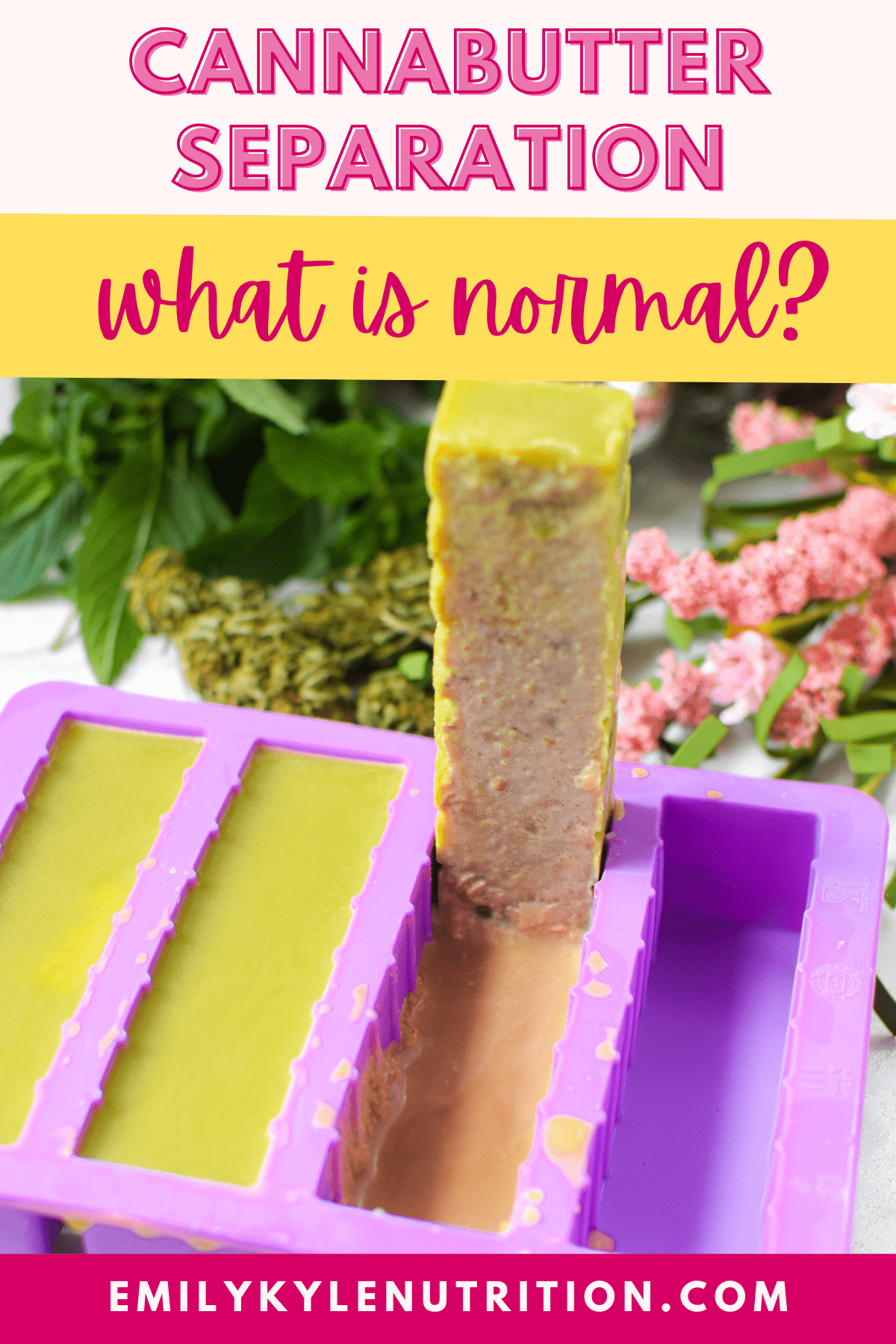
Table of Contents
Article Features
- Why separation occurs with butter
- Ways to prevent separation in the first place
- Want to skip the work? Enjoy the convenience and exceptional flavor of my Bliss Cannabutter – no fuss, no mess, just top-quality cannabutter delivered straight to your door. Now shipping across the United States!

Why You Will Love This Guide
One of my Well With Cannabis Community members reached out recently, worried because she thought she had messed up her marijuana butter.
“Help! I’ve just made my weed butter and left it in the fridge. When I got back, it was solid with dirty water at the bottom”.
– Anita
Member of the Well With Cannabis Community
I told her to rest assured this was OK and normal, and no, she did not mess anything up!
In this guide, I will explain cannabutter separation, what is normal, how to fix it, and how to avoid it in the first place.
Why Separation Occurs
Cannabutter separation. What is it? And why does it happen?
If you’ve made cannabutter with regular butter, such as salted or unsalted butter, you may notice a liquid that forms at the bottom of the mason jar after cooling.
As the prepared cannabutter cools, the infused butter will rise to the top, leaving a bit of liquid behind.
This small amount of water may be accompanied by a white substance known as milk solids.
The infusion process separates these milk solids and liquids from the butter, leaving behind an unpleasant water mixture.
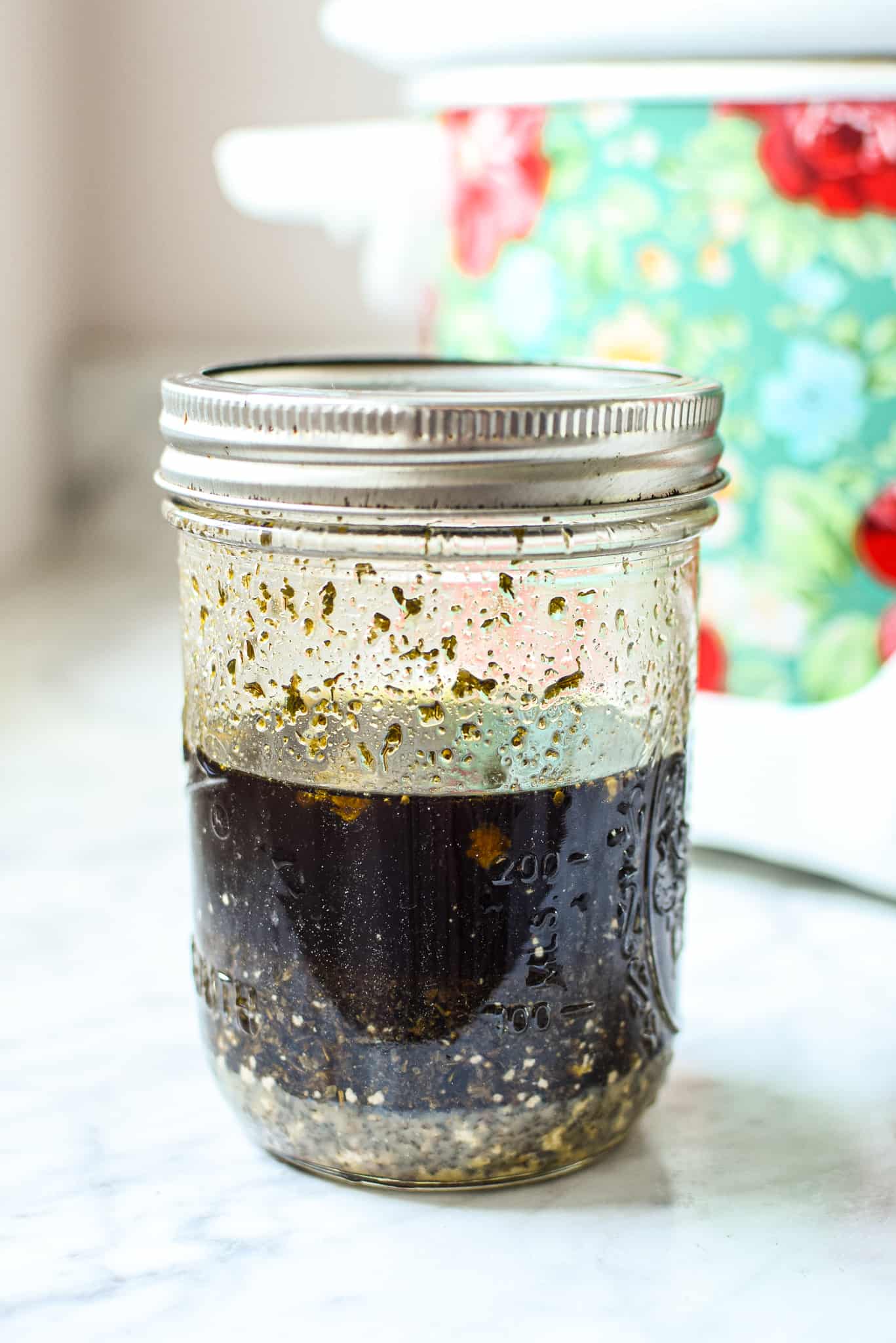
How to Fix It
Have no fear; it is easy to fix separated cannabutter.
First, know it is not worth saving the excess water or milk solids.
The trichomes containing cannabinoids like THC and CBD are lipophilic, meaning they love fat.
This means they are connected to the infused butter you made, not in the excess water; therefore, you are not discarding anything important.
Simply drain the extra water and blot the butter with a paper towel, if needed.
How to Prevent Separation
The good news is that there are many ways to prevent cannabutter separation in the first place.
The best way to prevent separation is to avoid using regular butter.
Use Ghee or Clarified Butter
For best results, use clarified butter or ghee.
Ghee is butter that has already been clarified or has had the milk solids removed.
If you want to clarify your butter ahead of time, gently boil the butter in a saucepan on the stove over low heat and skim all the foam, or milk solids, from the top.
The melted butter mixture should appear clear with no white spots visible,
You could also strain the milk solids using a coffee filter or fine-mesh strainer.
SAVE THIS GUIDE 💌
How to Make Cannabutter
If you haven’t yet made cannabutter, there are many different ways to do so!
Most options involve creating a water bath to facilitate the infusion process.
This hot water gently heats the ingredients but prevents you from reaching high temperatures that could destroy any cannabinoids.
Check out the following methods:
- Crockpot or slow cooker cannabutter
- Instant pot cannabutter
- CBD cannabutter
- Kief cannabutter
- Stove-top cannabutter
Butter Molds
If you’re using butter molds, the first step is to place the molds on a baking sheet to prevent them from spilling.
The next step is to use a spoon to get the hot butter into the first two sticks of the mold.
The third stick will contain the remaining infused butter and milk solids. You will only need to remove a few milk solids from one stick.
The fourth stick will remain empty due to the loss of water volume during the cooking process.
The first two sticks of butter will be left with the pure, infused cannabutter.
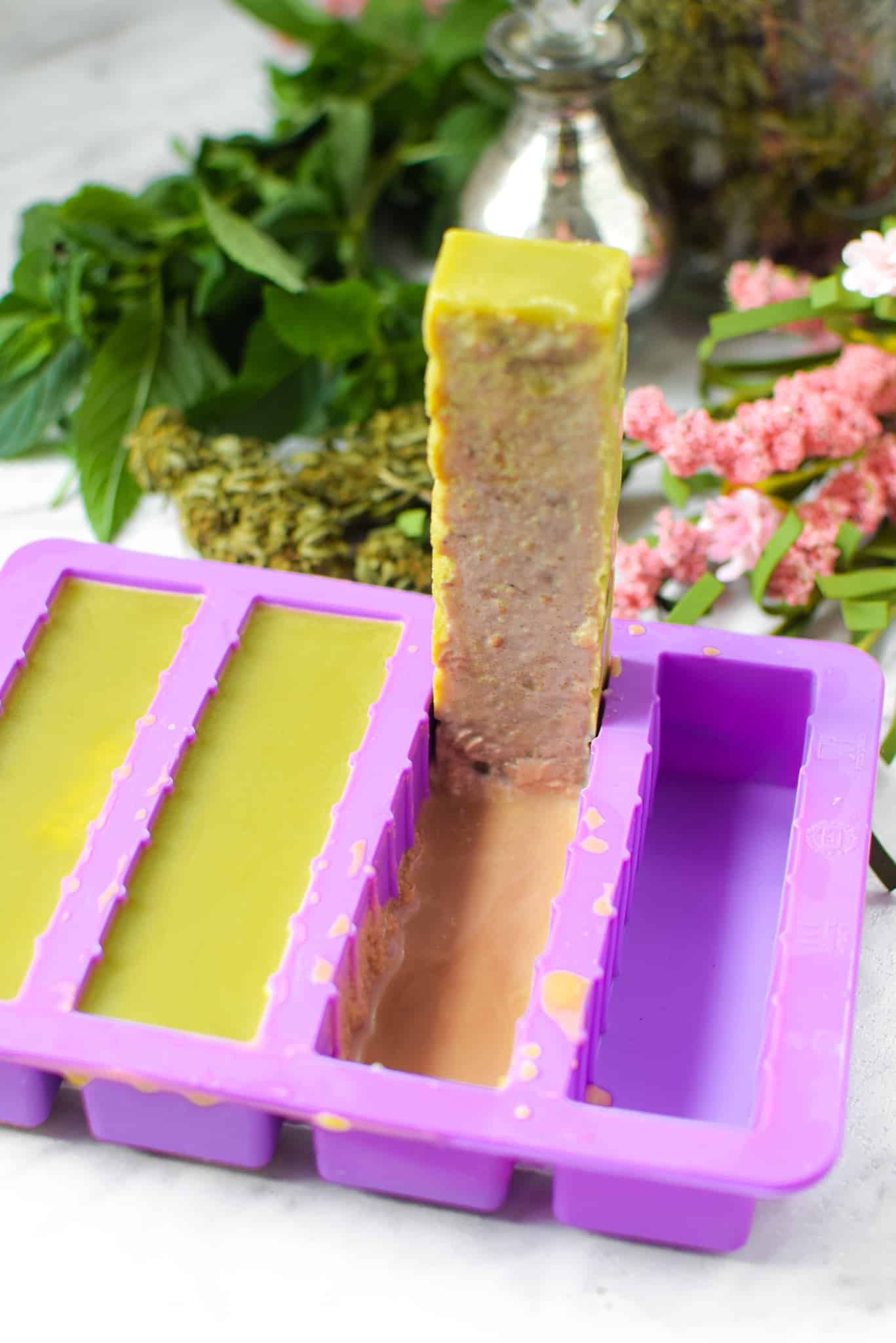
Switch to Oil
A great way to avoid this problem is to infuse an option that does not contain milk solids.
This includes all oils such as:
- Coconut oil
- MCT oil
- Olive oil
- Vegetable oil
Just know that all cannabis oil, aside from coconut, remains liquid at room temperature, unlike cannabutter.
This may affect the outcome of some baked goods recipes, like brownies.
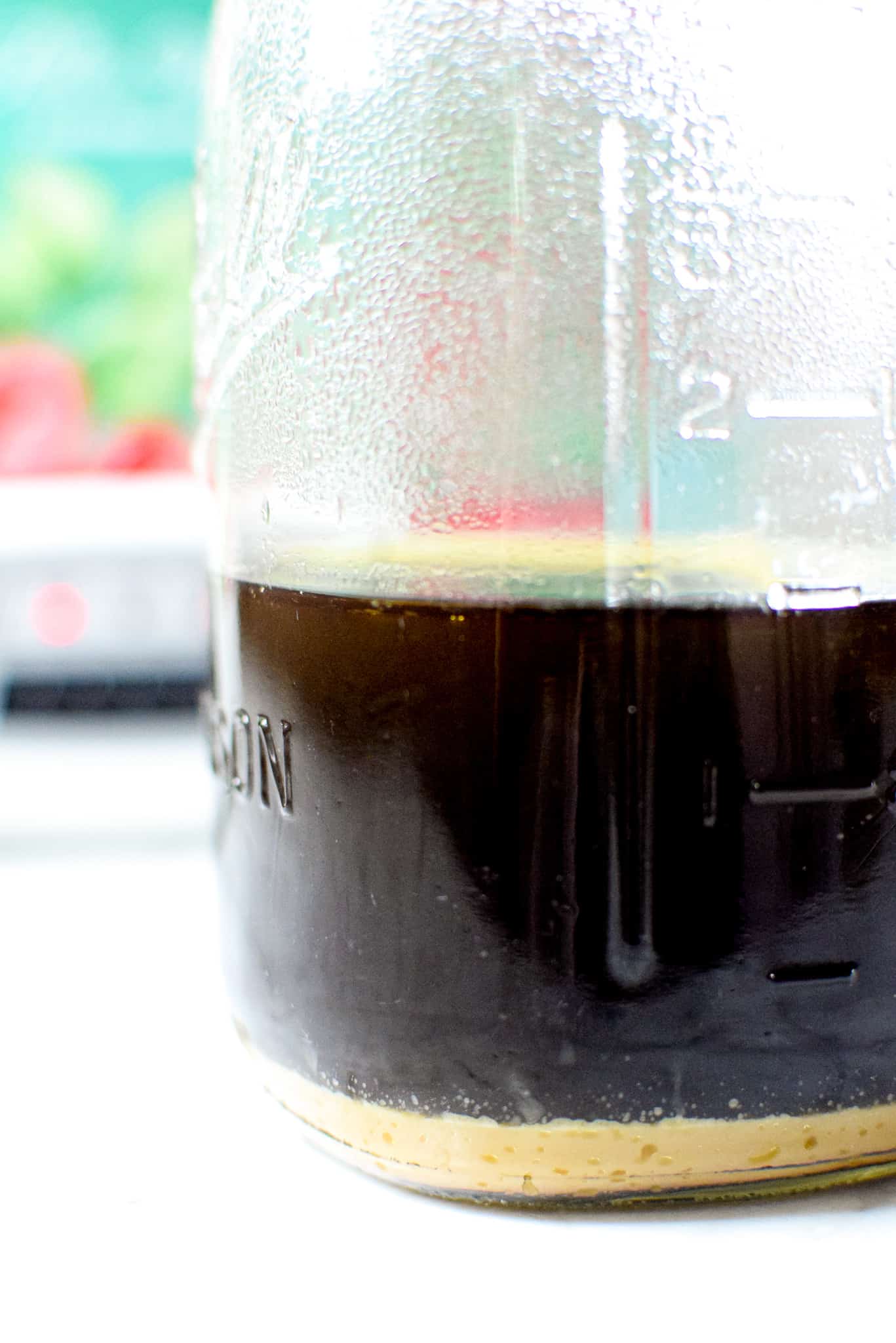
Buy Cannabutter
Want to skip all of the hard work and just enjoy great-tasting cannabutter?
Look no further than my Bliss cannabutter, the best cannabutter in the cannabis industry.
Made in a small batch with high-quality ghee and lab-tested cannabis, this cannabis butter will help you make the best-tasting cannabis-infused recipes.
Made with 12.5mg of THC and 12.5mg of CBD per teaspoon, you can rest easy knowing you are getting the exact milligrams of THC you want.
From there, you can add it to your favorite recipe. Simply divide the total mg of THC you added by the number of servings to get your final dose.
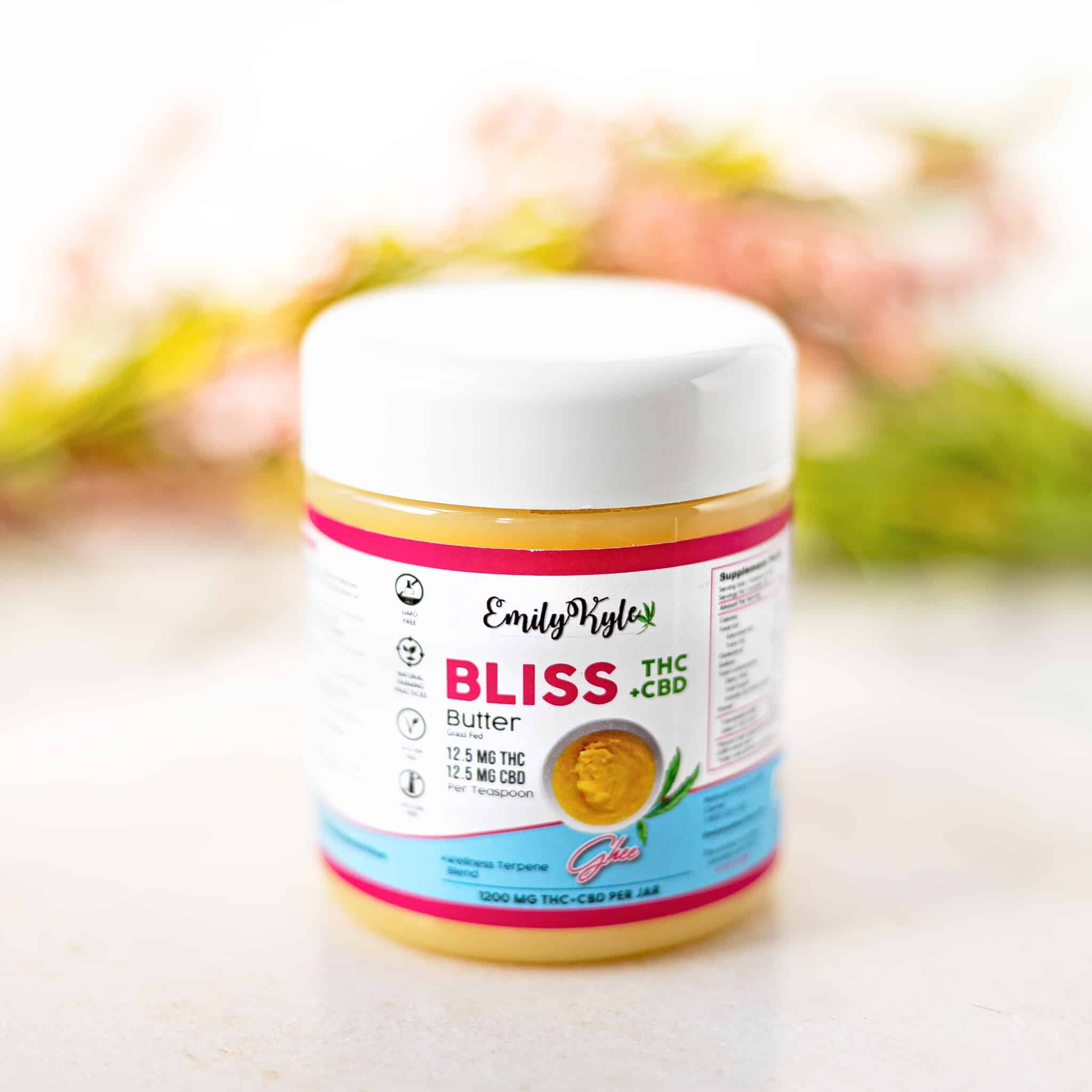
Notes & Expert Tips
- Do not forget to decarb before making butter! You need decarboxylated cannabis to reap the benefits of activated CBD or THC. Raw cannabis only contains CBDA or THCA. You can skip the grinding first.
- Don’t forget; you can save the leftover plant material for other recipes. The plant matter is not very potent but is perfect for microdosing.
- Ready to make cannabis edibles? Start with these 25 ways to use cannabutter or these tasty no-bake cannabutter recipes like our cannabutter steak.
- If you’re unsure how to dose, start with this dosing guide. You can use the edibles dosage calculator to guesstimate the potency. When in doubt, start with small amounts and work your way up.
- Worried you’ve made a cannabutter that is too weak? Don’t worry; it’s easy to fix weak cannabutter!
Frequently Asked Questions
Do not store it at room temperature unless you will use it within three days or less. Store your finished product in an airtight container in the refrigerator according to the expiration date or shelf life of the butter you used. You can store it for a long time in the freezer. If you keep it in the freezer, wrap the cannabutter in individually sized portions to ensure easy and convenient dosing. A silicone ice cube tray works great here. Learn more about how to store edibles here.
From a cup of butter, a stick of butter, or just a few grams of butter, how much butter and how much cannabis flower you use will affect the potency of your cannabutter. Check out this flower-to-oil ratio guide to decide.
Yes, you can use fan leaves or sugar leaves to make cannabutter. Just know that these tend to have a lower cannabis potency, so you may need to add more if you have a high tolerance or are just looking for mg THC per serving. Also, remember that leaves contain more chlorophyll, leaving you with more green-looking and tasting end products. The flower is the best choice for a less green final result.
Yes, you can bake with cannabutter, even at temperatures upward of 350°F. Learn more about safe baking temperatures.
Recipes To Try
Alright, you’ve done it! Your cannabutter is now ready to go; what will you make first? Pick from our most popular options below.
All Things Cannabutter
25+ Irresistible Recipes with Cannabutter to Satisfy Your Sweet Tooth
Articles & How-To Guides
25+ Amazing Recipes Using Cannabutter
Cannabis Dessert Recipes
Easy Cannabis Chocolate Chip Cookies
Cannabis Dessert Recipes
Easy Cannabis Brownies Recipe
Cannabis Sides & Snack Recipes
Sweet & Savory Cannabutter Board
Cannabis Sides & Snack Recipes
Creamy Cannabis Buttercream Frosting




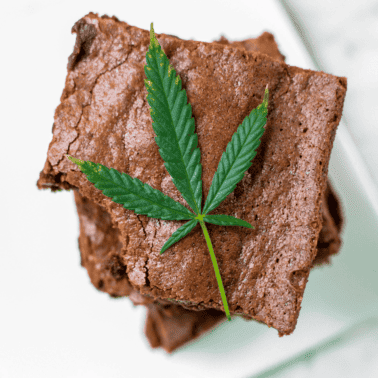
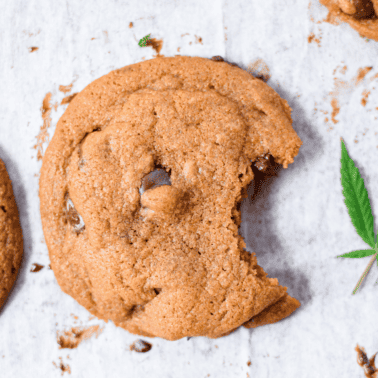
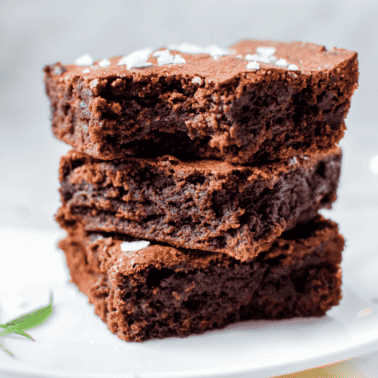

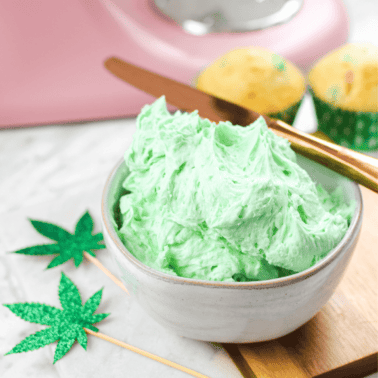









I hope you can help. I’m having trouble getting my Cannabutter to separate completely. I’m using the water method and using European butter for higher fat content but I’m finding even after being in the fridge for 24 hours in a clear glass baking dish the butter layer isn’t hardened completely. There is some water with green on the bottom but a large middle layer that’s thicker, sludge like. I’m not using anything to emulsify since I’m using the water. Could it be the pH of my water. I’m using water from our reverse osmosis system. Should I try distilled water?
Hi Sandra. The issue you’re experiencing could be related to a few factors. First, using European butter is a great choice for higher fat content, but ensure that you’re allowing enough time for the butter to solidify completely.
If you’re seeing that sludge-like layer, it could be a result of not fully separating the plant material from the butter during the initial process. Consider straining your mixture through a fine mesh strain or cheesecloth to remove any leftover plant matter.
As for the water, reverse osmosis water is generally very pure, but if you suspect pH might be affecting the separation, trying distilled water could be worth a shot. Distilled water has a neutral pH and might yield better results.
Lastly, make sure you’re cooling the mixture gradually to prevent any emulsification. Good luck, and I hope your next batch turns out perfectly!
Help ! I make awesomely me canna butter!! I tried making gummies with it and it separated! The jello and the butter! Can I save it? Reheat it? And add what so I can get my butter back? Help me please! Thank you! Love your stuff!
You can absolutely save your gummies, Lori! Separation is a common issue, but not the end of your efforts. Gently reheat the mixture over low heat, stirring constantly to prevent burning. To help emulsify and bind the jello with butter, be sure to use lecithin as an emulsifier. Start with a teaspoon for every cup of liquid and adjust as needed. Keep stirring until everything is well combined. Once mixed, quickly pour into your molds before it starts to set. Keep experimenting and don’t lose hope! Good luck, and keep enjoying the process.
Looking for info on putting my strained canabutter in cheese cloth into water to extract more of the butter? Thaanks
Hi Tammy. This isn’t something we have experimented with, but you can try a small sample to see how it works. If you use lecithin though, I wouldn’t recommend straining in water. The lecithin will bind with the water and create a soupy mess of your butter.
Hello my name is Steven,
I have a question. So I’m made my cannibutter with (Margin) County Crock. I did all the steps and infused it, strained well and put it in the refrigerator. I know it’s not going to solidify. I came to check on it and there’s separation. Q: Do I mix it or use either top half or bottom half?
Hi Stephen. When margarine is heated, the fat melts and the water becomes more dense, causing it to sink below the fat which creates two layers. You can mix the layers together or separate out the two, discarding the water portion since THC only binds to fat, not water. I hope this helps!
I made infused butter gummies, the butter settled on the bottom of the them, ?? can I save them??? ? ?
Hi Teresa. This is a bummer, but can be fixed! The reason for the separation could be that of not mixing well or long enough, not using lecithin or just too much humidity. You can remelt the separated gummies, mix again, add a bit of lecithin, and try to see if that helps. ☺️
So I did the instant pot cannabutter and didn’t add water into the butter like you do on the stove…I went to check on my cannabutter after letting it sit in the fridge overnight and there is no liquid on the bottom of the butter I used regular unsalted butter. The butter is completely solid did I do something wrong??? Sorry this is my first time making cannabutter.
Hi Maritza. There could be a few reasons for not having any liquid on the bottom of your butter, but you didn’t do anything wrong. You should try a sample of the butter and that should reassure you all is good. I hope this helps!